Revolutionizing Medication Access: A Solution to High Prescription Costs
One in ten new prescriptions are not picked up at the pharmacy due to cost. There are over 125,000 preventable deaths due to medications not being taken. There is a revolutionary approach to purchasing medications.Learn how to enjoy better health and not break the bank.
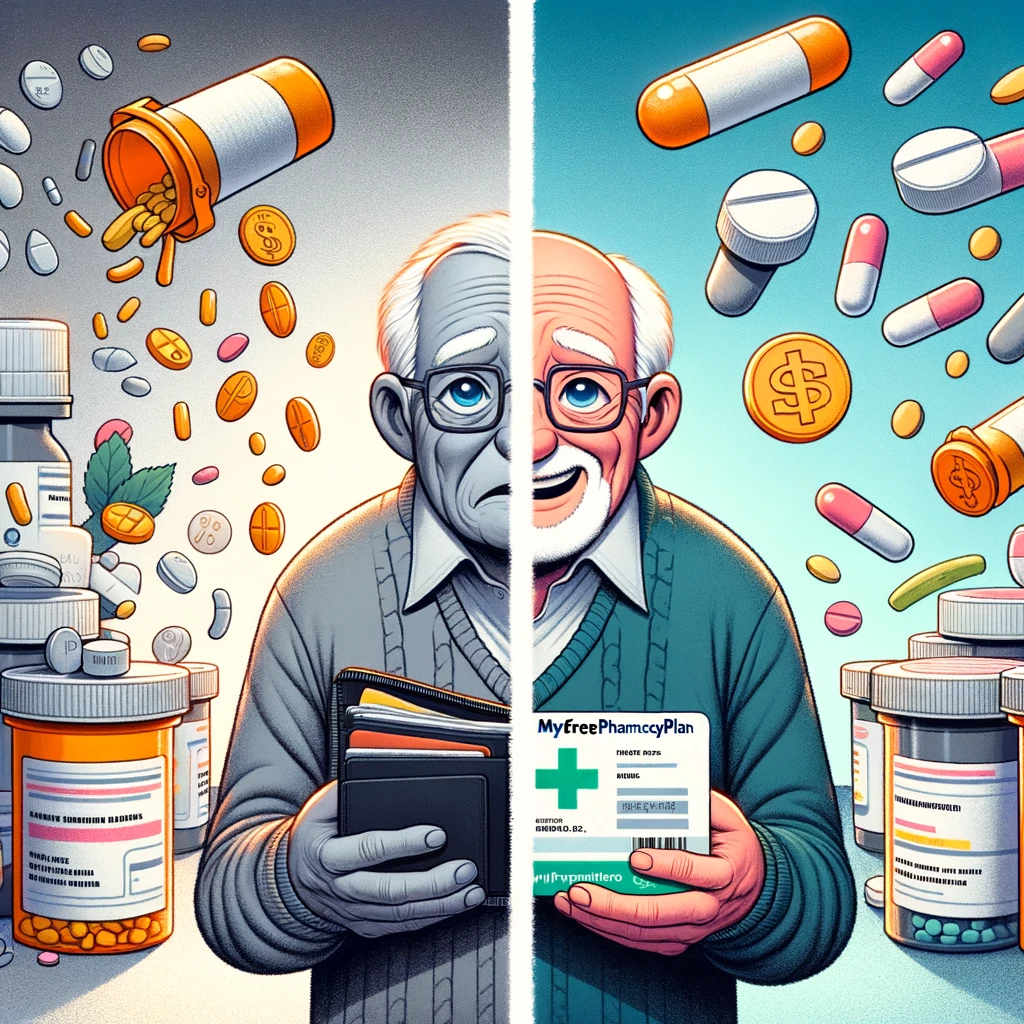
Here is a startling statistic. In the United States, nearly one in ten new prescriptions, a total of 55 million, were never picked up at the pharmacy in 2020.The reason for this grim statistic is the cost. This is called prescription abandonment. It is a growing concern for the medical community.
In the year leading up to the global pandemic, a staggering 13 million Americans faced a critical decision: to forgo the medications prescribed to them due to exorbitant costs. This alarming statistic comes from a study that spotlights the urgent need for more affordable healthcare solutions.
My Personal Story
As an RN with over 50 years of experience in the medical field, I am well aware of the dramatic markups in the pharmacy industry. Over the decades I have witness seniors struggle with the cost of medications and the tactics they use to avoid the dreaded Medicare donut hole. Seniors have planned for their donut holes, by asking their physicians to order double the amount of pills. Others start to take only half of the prescribed pills, and save for the donut hole period. This occurs because they are not able to afford to buy the life saving medications they are prescribed.
I have witnessed the results of this. Not taking medications as prescribed, or just stopping taking the medications at all, has led to hospitalizations and even preventable deaths. As a nurse, I could never understand why our Medicare system is not negotiating better prices. What I learned, will surprise you.
Government Policy Negatively Impacts Health Care Consumers
The inability of Medicare to negotiate medication prices directly with pharmaceutical companies is rooted in specific legislative and policy decisions. Here's an overview of the key reasons:
Non-Interference Clause: The primary reason Medicare has historically been unable to negotiate drug prices directly stems from a provision known as the "non-interference clause" in the Medicare Prescription Drug, Improvement, and Modernization Act of 2003. This clause explicitly prohibits Medicare from directly negotiating drug prices with pharmaceutical companies.
Rationale Behind the Non-Interference Clause: The clause was included based on the belief that competition among private Part D plans would effectively negotiate lower drug prices. It was thought that allowing Medicare, a single large purchaser, to negotiate prices could potentially limit the range of drugs available to beneficiaries.
Role of PBMs and Part D Sponsors: Because of the non-interference clause, Pharmacy Benefit Managers (PBMs) and Medicare Part D plan sponsors are responsible for negotiating drug prices. These entities have a level of negotiating power, but it is often argued that they do not have the same leverage as Medicare would if it were directly involved in price negotiations.
Political and Economic Factors: There has been considerable debate and political contention over allowing Medicare to negotiate drug prices. Pharmaceutical companies argue that such negotiations could lead to reduced profits, which they claim would hinder their ability to invest in research and development of new drugs. On the other hand, proponents of direct negotiation argue that it would lead to significant cost savings for both consumers and the government.
Legislative Changes and Proposals: Over the years, there have been various proposals and legislative efforts aimed at allowing Medicare to negotiate drug prices. However, these efforts have often been met with strong opposition from the pharmaceutical industry and some political groups.
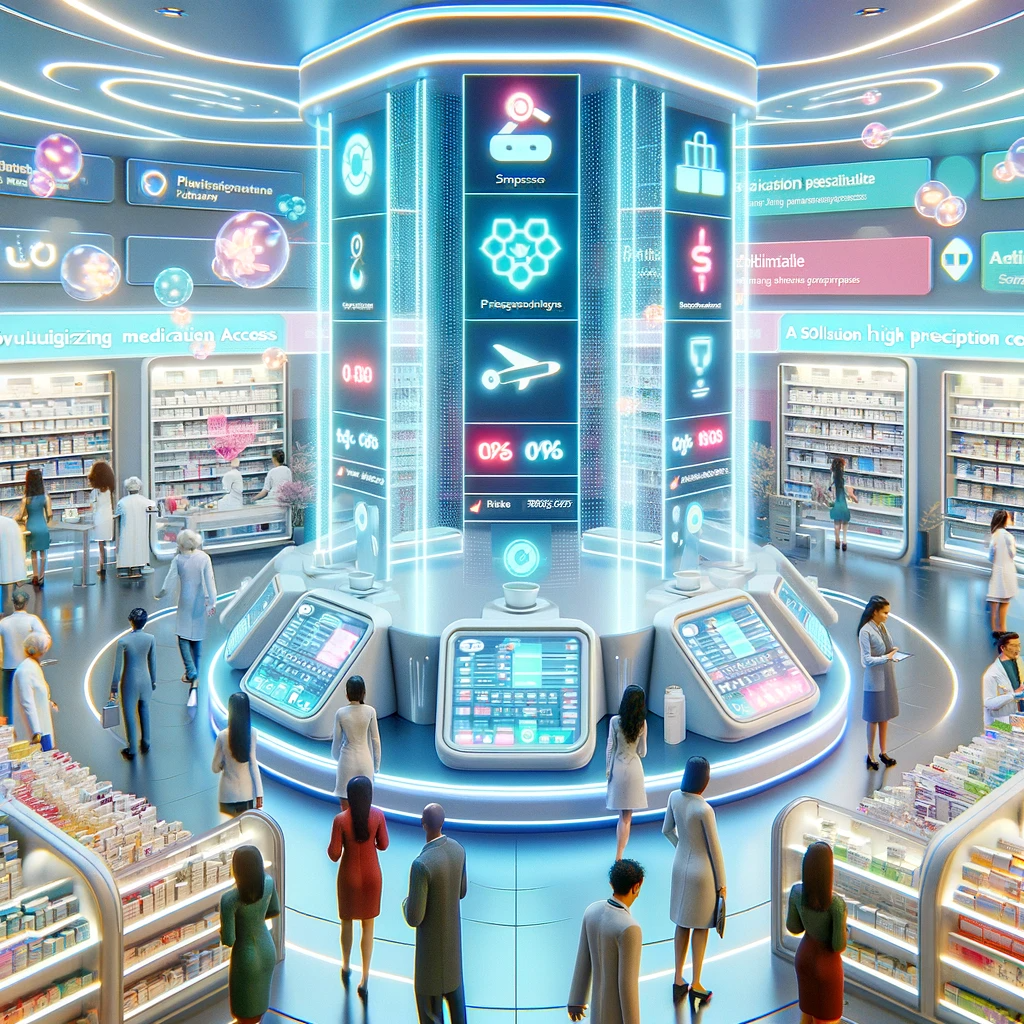
Eye opening experience on markup of prescription medications
I was working for a hospice company when i was involved in a car accident. I was going from one client to the next when I was hit from behind by a very large truck. I suffered whiplash resulting in debilitating migraines. This was a workers compensation case.
A neurologist prescribed me toprimate, a generic version of Topomax. Workers compensation was paying $500 a month for this medication. As I improved Workers Compensation closed my case. I called the pharmacy company to tell them that I was not going to continue to take this medication because of the cost. What the pharmacist told me, shocked me to the core. The pharmacist informed me, the $500 a month medication was now going to cost me $5. The greed of these Pharmacy benefits managers (PBM's) was never more obvious at that time.
Twenty years later, I am on Medicare. I was only taking one medication when I purchased my Medicare Part D plan. So, I purchased the lowest priced medication part D plan I could find. Hey, when you're on a fixed income, every penny counts. Here I am, a professional and well aware of the dreaded donut hole. It never occured to me that I would hit my donut hole. During the year, I was prescribed a medication to help me manage my chronic pain. Duloxetine is a an antidepressant, a SSRI ( Selective serotonin reuptake inhibitors). This medication is used off label for chronic pain patients.
There was such a sense of relief, when over a period of weeks, my pain levels were the lowest I had experienced in a long time. I felt as if my quality of life ws improved. Then, one day, I received a call from the pharmacy. I was informed I hit the dreaded donut hole. Then panic set in. How cold I have allowed this to happen. The problem with Medicare part D, is you have to know what medications you are on. Then, you pay higher monthly fees to cover the medications you are taking There are levels of medications. This is an archaic and cruel way to manage medications for seniors, because they change medications all the time. Seniors experience health changes from year to year. This is what happened to me.
Then I learned that the duloxetine I was taking, was not in the tier formulary in my Medicare Part D plan. So, I asked the pharmacist what the cost for me was going to be. I learned that a 30 day supply was going to be $700 a month. Yes, $700 for a 30 day supply!
I explained to the pharmacist that it was not in my budget and I would look at a discount pharmacy card. I wanted to see if I could get it cheaper. That's when I realized, even these discount prescription cards are still greatly marking up medications. The discount pharmacy card prices were still at an unreasonable $500 for a thirty day supply.
I made a very difficult decision. One that many seniors before have made. I made the decision to stop taking the medication. Now, I was well aware of the consequences I was going to suffer.
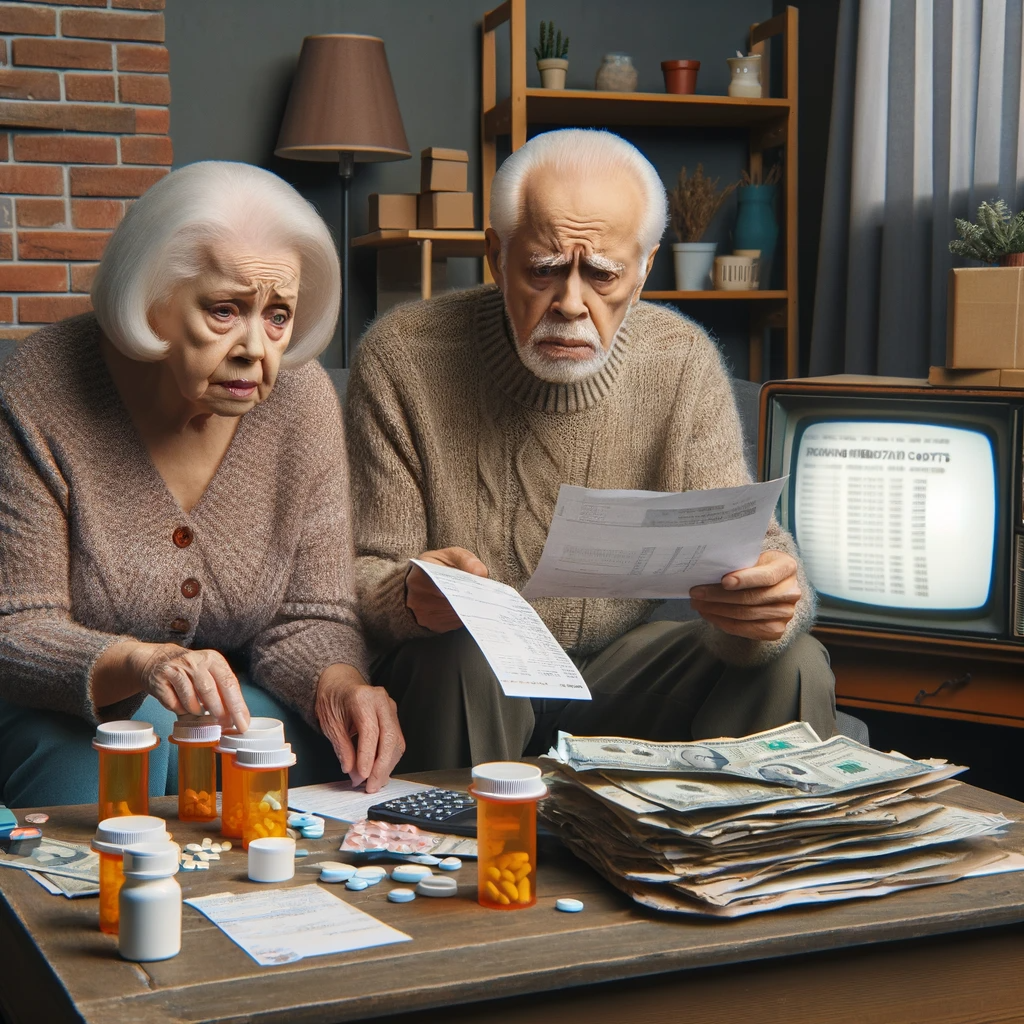
It was over a long holiday weekend and I could not get a doctor to help me. Here is the symptoms of SSRI withdrawal. Withdrawal from SSRIs (Selective Serotonin Reuptake Inhibitors), a class of medications commonly used to treat depression and anxiety disorders, can lead to a range of symptoms. These symptoms vary in severity and duration depending on factors such as the specific SSRI used, the duration of use, the dosage, and the individual's response to medication discontinuation.
Common withdrawal symptoms include:
Flu-like Symptoms: People may experience nausea, headaches, dizziness, lethargy, and general malaise.
Psychological Symptoms: Anxiety, irritability, mood swings, and depression are common. In some cases, individuals may experience vivid dreams or nightmares.
Sensory and Sleep Disturbances: This can include sensations such as "brain zaps" (a feeling of electric shocks in the brain), tremors, shaking, and difficulty sleeping or insomnia.
Gastrointestinal Issues: Symptoms like nausea, vomiting, diarrhea, or abdominal cramps can occur.
Dizziness and Balance Problems: This might include vertigo or feeling unsteady on one's feet.
Emotional Sensitivity: Increased sensitivity to emotional stress, or feeling overwhelmed by emotions.
It's crucial to note that not everyone experiences withdrawal symptoms, and for those who do, the intensity and duration can vary significantly. It is highly recommended to taper off SSRIs slowly and under the guidance of a healthcare professional to minimize withdrawal symptoms. Abruptly stopping these medications can lead to more severe withdrawal symptoms. I had no choice, but to abruptly stop the duloxetine. And the symptoms of withdrawal were devastating.
It was a wake up call for me. I made the decision to never to be held hostage to a medication again
I did lots of research and what I found out about the discount pharmacy plans are not what they appear to be.
Unveiling the Reality of Pharmacy Discount Cards: More Harm than Help?
When it comes to pharmacy discount cards, the promise of paying less and saving money might not be as straightforward as it seems. Surprisingly, these cards often don't deliver the discounts they advertise.
Doug Hoey from the National Community Pharmacists Association warns, "In most cases, the discount cards are not all they're cracked up to be." There's growing concern that some companies offering these cards are profiting at the expense of customers seeking good deals. Investigations have revealed instances where customers using these cards ended up paying more than if they had paid in cash.
For example, one customer, hoping for a bargain on a medication priced at $227, used a discount card only to be charged $317 – a far cry from a saving. Another customer, enticed by an online discount card, managed to scrape only a $5 discount at the pharmacy. However, a different card available at the pharmacy offered a substantial 75% saving on a specific medication, but such significant discounts weren't consistent across other drugs.
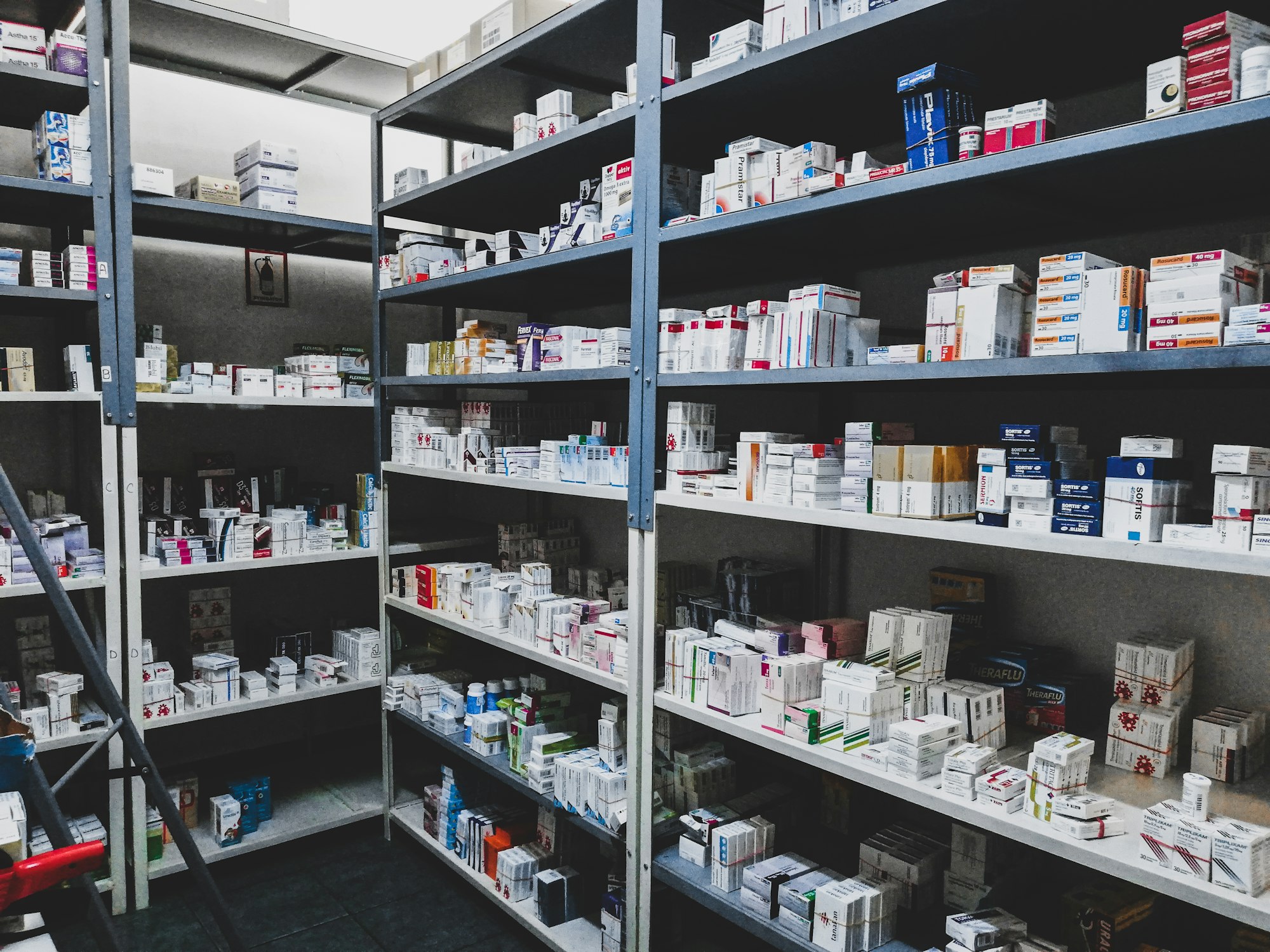
Pharmacies, too, are squeezed in this system. In some scenarios, they're restricted to a meager $1.50 for filling a prescription. This raises questions about the fairness and effectiveness of these discount programs.
It's crucial to differentiate between drug manufacturer discount cards and those from privately funded programs or discount companies. Unfortunately, the distinction may not result in better deals. Negotiations on drug prices often consider the kickbacks that card companies receive from drug manufacturers, ultimately impacting the final price paid by consumers.
Take the Louisiana prescription assistance program's cards as an example. Medications that would cost $66 with the card were only $17 when paid for out-of-pocket, highlighting a significant discrepancy.
Despite these issues, regulatory bodies like the FCC and FTC haven't stepped in to curb these practices, leaving consumers vulnerable. Advertised as free and easy to use, these pharmacy discount cards often fall short of providing real benefits to the consumers.
I learned that the Pharmacy Benefits Managers are still in control and give the illusion of providing discounts, when in reality, they are still making a huge profit. In fact, duloxetine is available to me for free under the MyFreePharmacyPlan.org. This just affirms to me, there is still a lot of greed in the pharmacy industry. This greed is negatively impacting the health of every US citizen.
Prescription abandonment is an escalating crisis in healthcare.
It's becoming more visible as doctors increasingly adopt e-prescribing and electronic health records. These digital tools reveal a disturbing trend: a significant number of patients are not picking up their prescribed medications. The root causes of this issue are multifaceted. A primary factor is the out-of-pocket costs that patients face, which directly impacts medication adherence.
This chain of non-adherence often triggers a domino effect: more frequent doctor visits, increased hospitalizations, and higher re-admission rates. The repercussions extend beyond the patient's health, driving up healthcare costs for everyone involved.
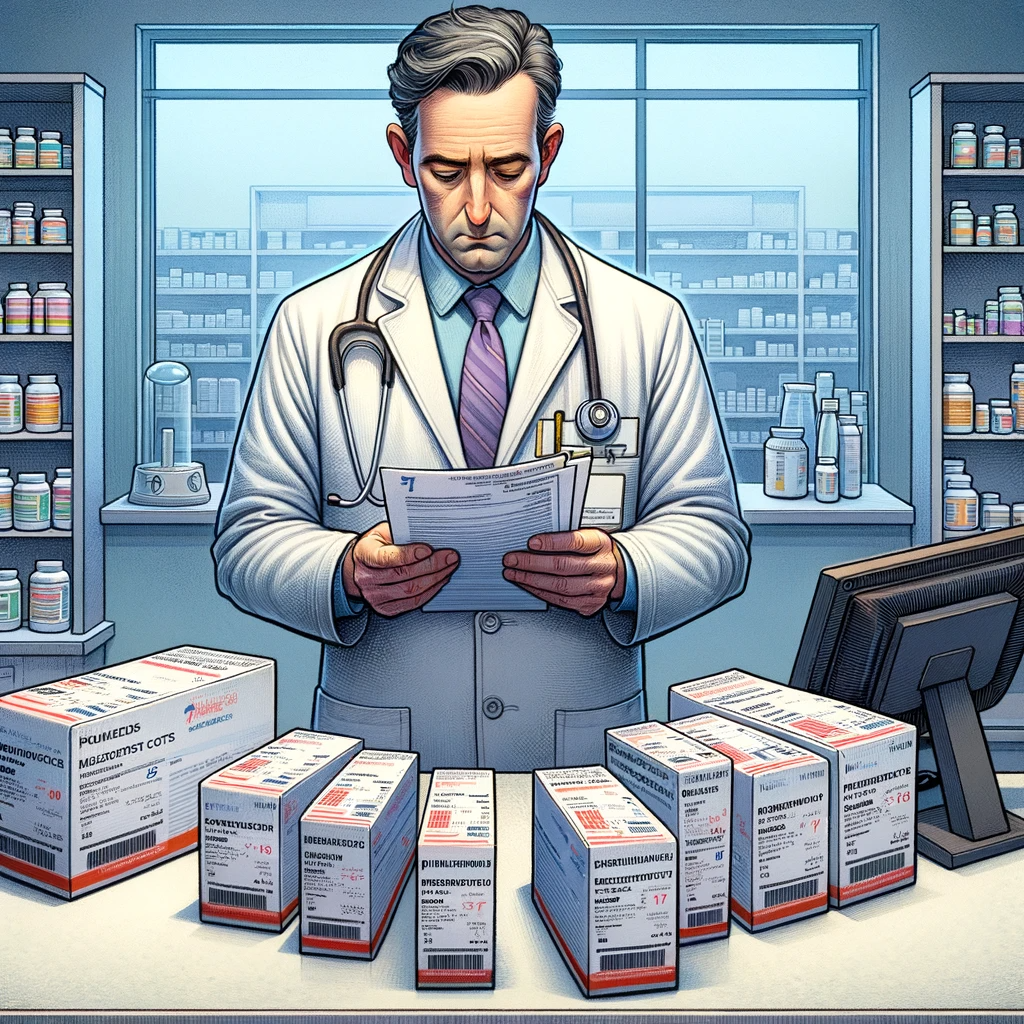
The dire consequences of not taking medications prescribed
Indeed, the stakes are high. Research points to up to 125,000 preventable deaths annually due to prescription abandonment, alongside an individual financial burden of approximately $2,000 in additional healthcare costs. Collectively, the price of patients not taking their medications as prescribed balloons to nearly $300 billion each year, accounting for more than 7% of all healthcare spending in the U.S.
The implications of such financial barriers are dire. When the cost of prescriptions becomes prohibitive, people delay or entirely forgo their medications, a choice that can have severe, if not life-threatening, consequences. Research by the Urban Institute from 2018 to 2019 underscores this, revealing the nearly 13 million Americans who skipped or delayed their prescriptions due to cost—a decision no one should ever have to make.
Lead researcher Michael Karpman emphasizes the gravity of the situation, noting that non-adherence to prescribed medications can lead to deteriorating health conditions and the need for more intensive and costly treatments down the line. Seniors for decades have hit their donut hole. They have had to choose between life essentials and taking life saving medications. Research has shown seniors stop taking their heart medications or even diabetic medications. The result has caused preventable deaths.
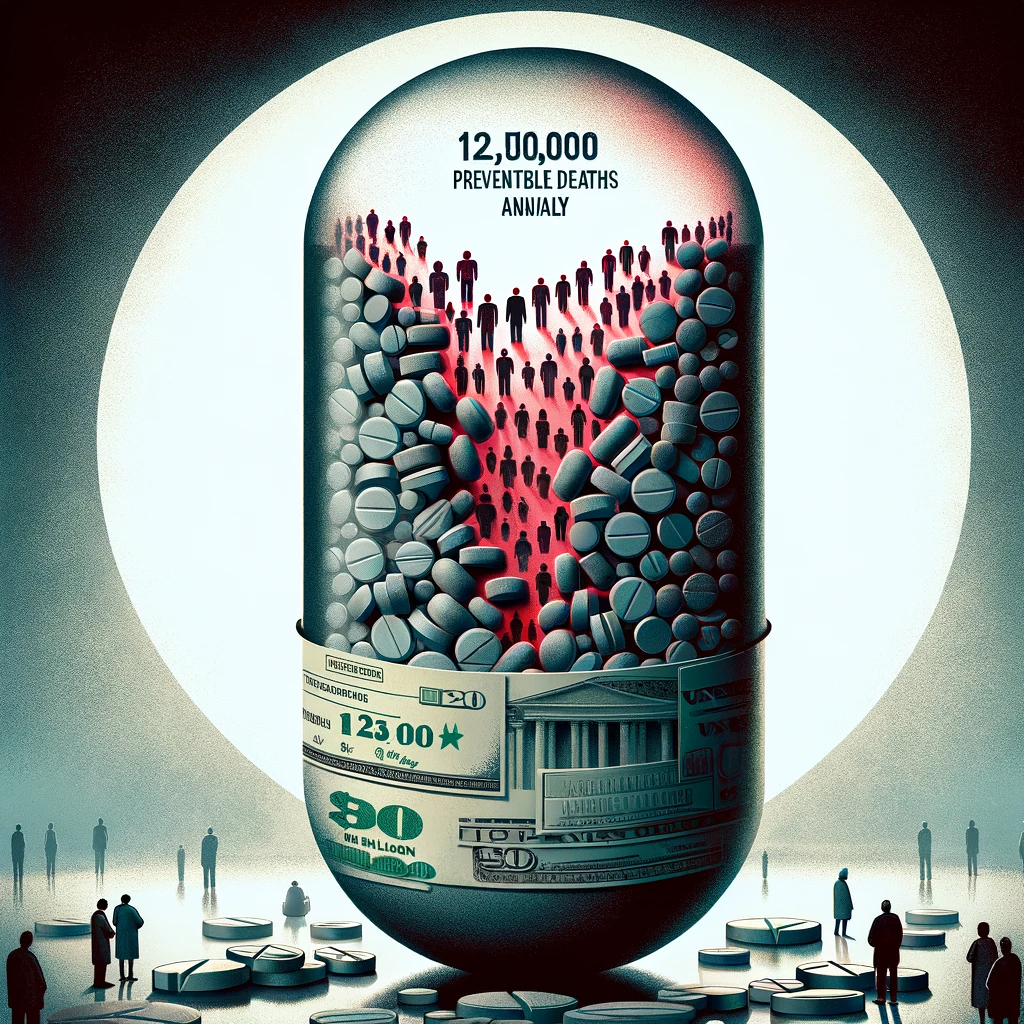
Public sentiment echoes the need for reform.
A Kaiser Family Foundation (KFF) poll indicates that a significant portion of U.S. adults have resorted to measures like splitting pills or skipping doses due to costs. The dissatisfaction is widespread, with 83% of those polled deeming prescription drug prices unreasonable.
Despite these grim realities, there is a beacon of hope on the horizon: MyFreePharmacyPlan.org. This innovative platform is redefining how individuals purchase medications. It offers an alternative to the traditional pharmacy model—a flat fee membership that translates to zero cost for prescriptions, effectively countering the financial burdens so many face. This pharmacy company has used the Netflix approach to the pharmacy industry.
Netflix changed the way we see movies and tv shows. For a monthly fee, you have access to hundreds of movies in every genre.
This flat fee pharmacy plan stands as a testament to the power of forward-thinking healthcare solutions. It provides an expansive range of medication. They are offering 90% of the most prescribed medications for free.The medications that are not on their formulary, they are offering prices at deep discounts. This includes not just prescription drugs but also essential over-the-counter medications typically not covered by Medicare or other insurances. Over the counter medications are offered at deep discounts and shipped right to your door.
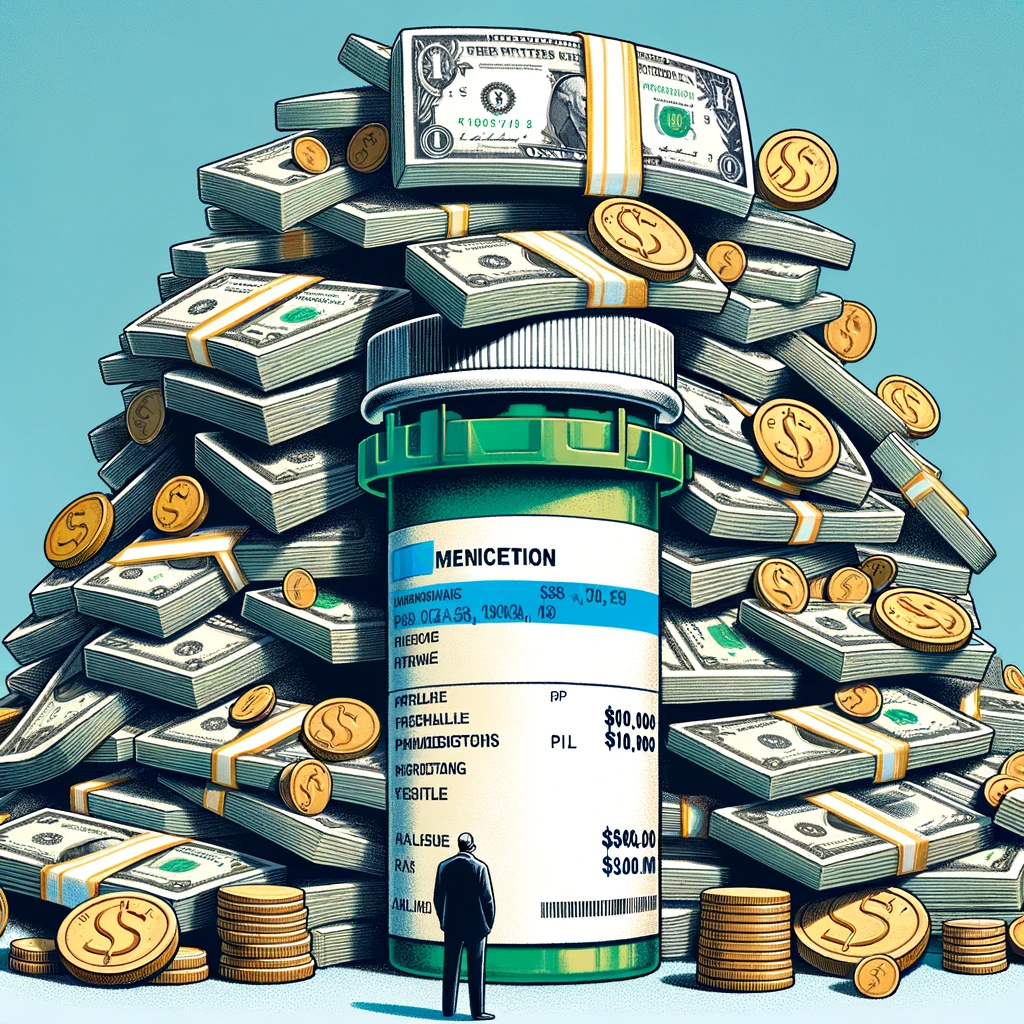
Diabetes medications and supplies
For those grappling with diabetes—a condition that affects millions of seniors—the SaveOnDiabetes program within MyFreePharmacyPlan.org offers significant discounts on diabetic supplies and medications, a substantial boon to those who struggle with the high costs of managing this chronic condition.
Lowest Priced Insulin in the United States!
If you are using insulin, we offer vials of ReliOn™ Novolin 70/30, N and R for $19.88 per vial and pens per box for $37.88 through our exclusive partner Walmart, where your doctor can prescribe to and you can pick up at over 5200 locations.
The journey to affordable healthcare is ongoing. We can't wait for the government to address these issues in our lifetime.
MyFreePharmacyPlan.org emerges as a critical resource in this journey, providing immediate relief and a more sustainable model for medication access. As we navigate the complexities of healthcare economics, it’s initiatives like MyFreePharmacyPlan.org that offer tangible solutions, ensuring that no one has to choose between their health and financial stability.
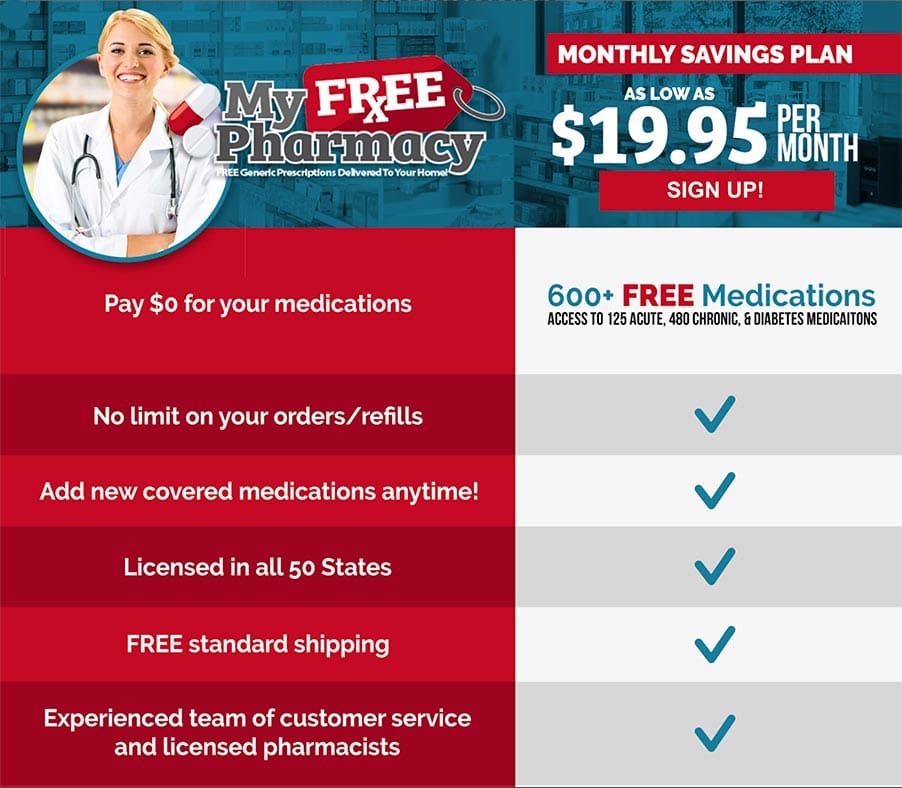
What This Means For You:
Amidst a climate where many Americans find prescription drugs prohibitively expensive, MyFreePharmacyPlan.org offers an accessible, cost-effective option. It's a solution that empowers you to prioritize your health without the looming threat of unmanageable costs. If you or someone you know is struggling to afford medications, exploring what MyFreePharmacyPlan.org has to offer could be a game-changer in managing healthcare expenses. See if your medications are on the MyFreePharmacyPlan.org the formulary.
Affiliate Link Disclaimer
Please note that some of the links on our website are affiliate links. This means that if you click on one of these links and make a purchase, we may receive a small commission at no extra cost to you. These commissions help us maintain and operate our site, allowing us to continue providing valuable content to our readers.
We only recommend products and services that we believe will be beneficial and useful to our audience. Our commitment is to honesty and transparency, so we always give our genuine opinion about the products and services we endorse.
Your support in purchasing through these links enables us to keep working on making our website better and more informative. Thank you for your trust and support!
